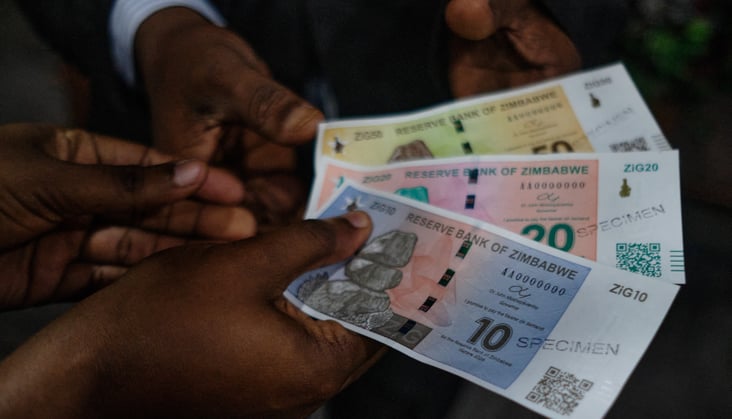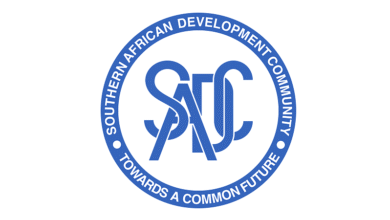Zimbabwe Currency Plunges Further Amid Growing Economic Uncertainty

The Zimbabwean government’s efforts to stabilize its local currency, the Zimbabwe Gold (ZiG), are facing significant challenges as the currency continues to lose value. Since its introduction, the ZiG has depreciated by 50% against the US dollar, currently trading at 26.8596, down from 13.56 just a few weeks ago. This decline has sparked concerns over the country’s economic outlook and the government’s ability to restore confidence in its currency.
The rapid 11% drop in just two weeks highlights the underlying economic weaknesses that many experts have been pointing out. Fiscal indiscipline, questionable reserves, and a consumption-driven economy are at the heart of the problem. These factors have left the Reserve Bank of Zimbabwe (RBZ) with limited options for stabilizing the currency, as the disparity between official and parallel market exchange rates has surged to 41%.
In a bid to stimulate the use of the ZiG, Justice Minister Ziyambi Ziyambi outlined measures during a parliamentary session last week. These include a requirement for 50% of taxes to be collected in ZiG. Ziyambi believes this move will encourage companies to accept the ZiG for transactions and help bolster its usage in the economy. “We are putting in measures to stabilize the currency without flooding the market, which will gradually build confidence in the ZiG as we move towards a mono-currency system,” Ziyambi stated.
Despite the government’s intentions, the plummeting value of the ZiG has continued, even as Zimbabwe bolsters its reserves with US$400 million and significant gold deposits. However, global increases in gold prices have done little to stop the currency’s downward spiral. The government claims that liquidity issues are under control, asserting that payments to contractors in local currency are being closely monitored.
As the Zimbabwean economy faces ongoing uncertainty, the continued decline of the ZiG raises questions about the sustainability of the government’s current economic policies. Without addressing deeper structural issues, the gap between policy intentions and market realities seems likely to grow.




